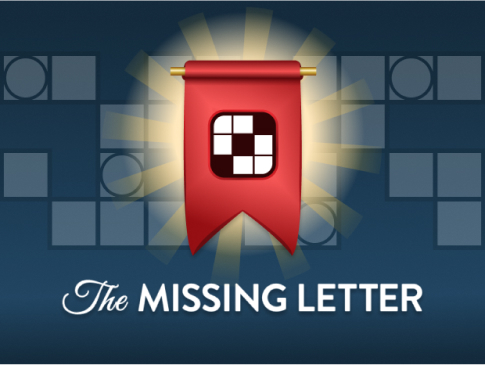obligation
noun
ob·li·ga·tion
ˌä-blə-ˈgā-shən 

1
: the action of obligating oneself to a course of action (as by a promise or vow)
2
a
: something (such as a formal contract, a promise, or the demands of conscience or custom) that obligates one to a course of action
made an obligation to pay their children's college expenses
under no obligation to return the money
can try the product with no obligation
b
: a debt security (such as a mortgage or corporate bond)
c
: a commitment (as by a government) to pay a particular sum of money
also
: an amount owed under such an obligation
Unable to meet its obligations, the company went into bankruptcy.
3
a
: a condition or feeling of being obligated
felt an obligation to vote
b
: a debt of gratitude
returned the favor as an obligation
4
: something one is bound to do : duty, responsibility
family/social obligations
countries in which military service is an obligation
fulfilled their familial obligations
Love words? Need even more definitions?
Merriam-Webster unabridged










Share